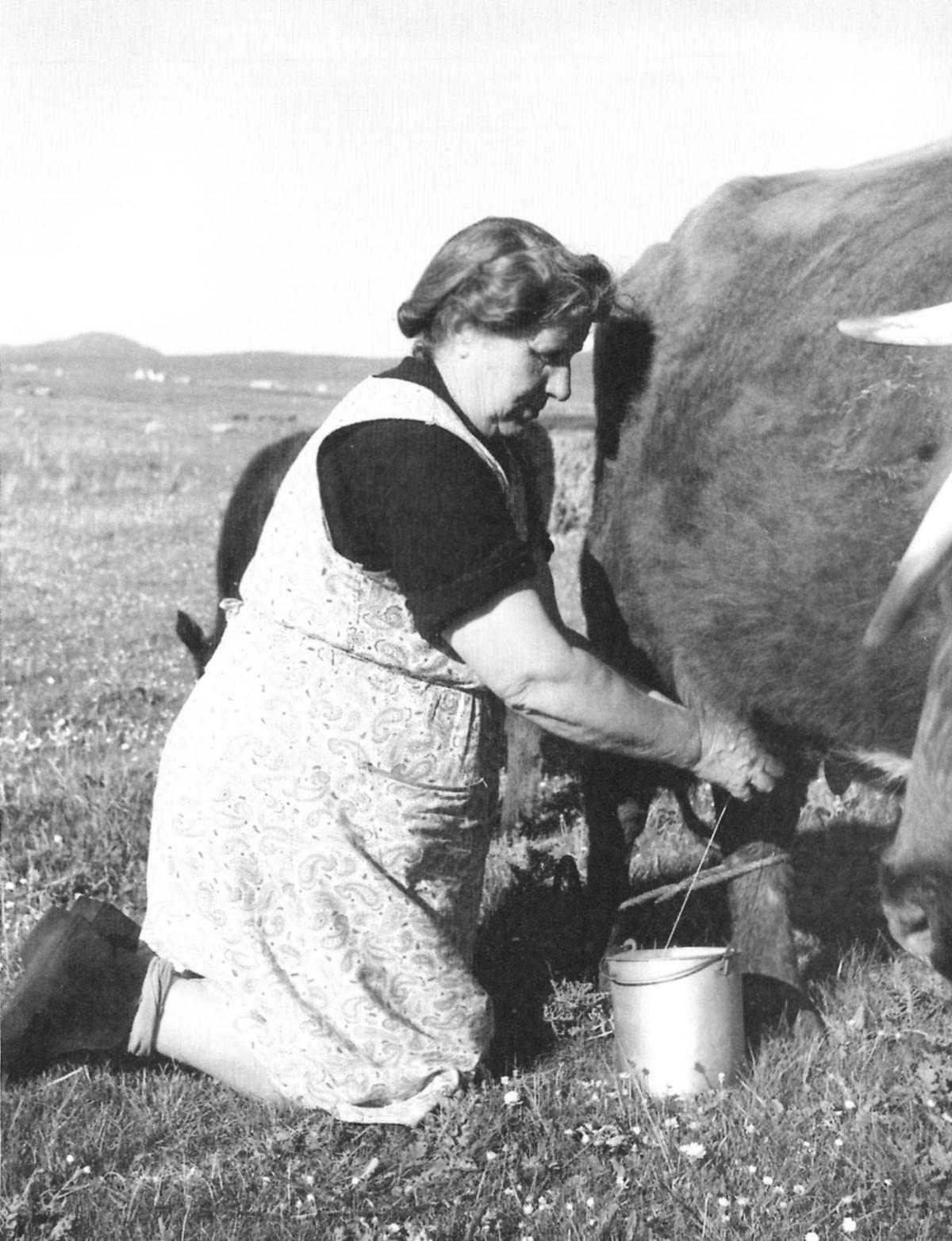
Gaelic collaborative project reaches new milestone
Faclair na Gàidhlig and Tobar an Dualchais/Kist o Riches (TAD) have completed the second phase of their collaborative project, resulting in a substantial amount of oral material being added to Faclair na Gàidhlig’s corpus.
In this phase, research continued on the priority items selected from over 1,200 items sourced from audio recordings on the TAD website as part of the 2018 pilot study. Some of the source material in which these terms were found was transcribed by the TAD staff and these transcriptions were then assessed by the Faclair na Gàidhlig team to establish what the material could potentially add to the Dictionary.
As modern scientists were developing an effective vaccine for COVID-19 during lockdown, staff working on the collaborative project found a considerable number of words of interest relating to more traditional healing methods. Plants were commonly used in traditional remedies and examples of those found in the TAD transcriptions include: slàn-lus (ribwort) which would be chewed and then applied to a wound to stop it from bleeding; the plant goc-Phàdraig which would be applied to draw out poisons from boils and sores; and the consumption of boiled dulse was believed to be a cure for skin eruptions. Examples were also found in which summer butter was an important ingredient in cures. It was used on wounds, for bad colds and for asthma, as it was believed that milk from the cows which had been on the moor was more potent.

Lorna Pike, Director of Lexicography for Faclair na Gàidhlig, commented: “Although we would not advocate trying these traditional cures, it has been really interesting to find terminology and information on this aspect of Gaelic culture from a time when scientific medicine wasn’t readily available. As we know, many of the drugs used in modern pharmacy and medicine are derived from plants and some of those which were used in traditional remedies have been proven to have significant health benefits. The links we identified between the cultural and the lexical aspects of traditional cures add to the breadth and depth of the knowledge we have of Gaelic language and culture.”
Floraidh Forrest, Project Director for TAD, said: “We are very grateful to Bòrd na Gàidhlig for funding assistance and are pleased to announce that the project has received further support from the Bòrd to enable us to carry on with this beneficial collaborative work. In the next phase material from dialect areas and subjects not covered previously will be included and this will result in the production of more transcriptions with items of interest marked up for lexicographers. These transcriptions will allow easy access to idiomatic expressions and usages not evidenced in literature, and will be available on the TAD and Digital Archive of Scottish Gaelic (DASG) websites.”
Steven Kellow, Funding and Projects Officer for Bòrd na Gàidhlig, added: “The collaboration between Tobar an Dualchais has been successful and we were more than happy to provide financial assistance so that the work could continue. The joint project contributes greatly to our knowledge of Gaelic heritage and is a good example of what can be achieved through collaboration to enhance the Gaelic corpus.
Faclair na Gàidhlig is funded by the Scottish Funding Council and Bòrd na Gàidhlig, and is scheduled to begin publication online in spring 2022. You can follow them on Twitter @faclairgaidhlig.
The TAD website currently has over 43,000 recordings of songs, stories, customs, traditions and beliefs in Gaelic, Scots and English. It is anticipated that the new TAD website, which will include transcriptions, will go online in the summer of 2021. If you would like a daily dose of oral heritage be sure to follow Tobar an Dualchais on Facebook and Twitter.